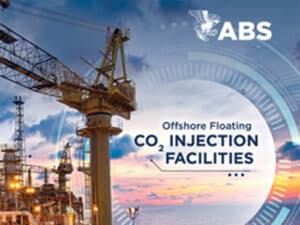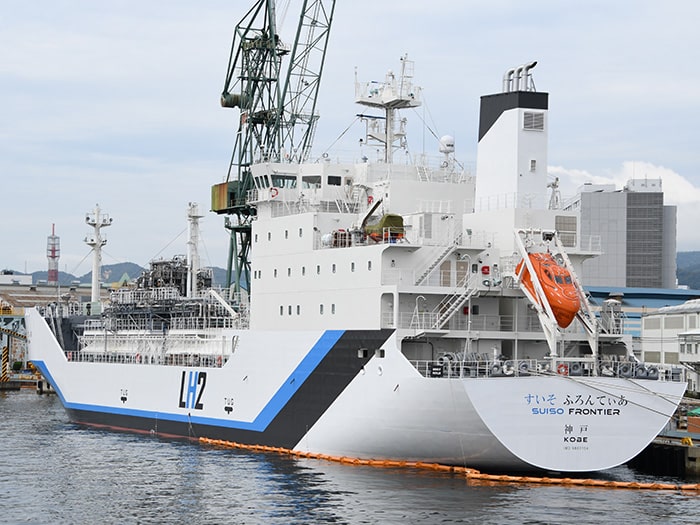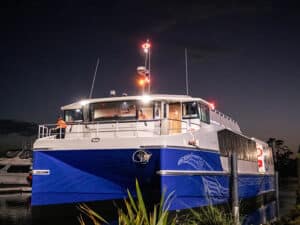
What caused gas flame incident on maiden voyage of world’s first LH2 carrier?
Written by Nick Blenkey
LH2 carrier Suiso Frontier at Kawasaki Heavy Industries [Image: Hunini]
The Australian Transport Safety Board has now issued a report on a January 25, 2022 incident in which a gas flame briefly propagating onto the deck of the world’s first liquified hydrogen tanker, Suiso Frontier, while the ship was berthed in the Port of Hastings, Victoria.
Although the flame did not result in a fire or explosion, flames and hydrogen are not a good combination, so the ATSB report is likely to to receive a lot of attention as plans develop for large scale hydrogen transportation.
The ATSB found that the propagation of the flame from the LH2 carrier’s vent stack was due to the failure of an incorrectly-fitted electrical solenoid valve.
The Suiso Frontier, built as a prototype ship to assess the technical aspects of transporting LH2 by sea, had arrived at the Port of Hastings, Victoria on January 20, 2022, on its maiden voyage.
The 116 meter LH2 carrier had departed Kobe, Japan, on December 25, 2021, with 55 tonnes of LH2, and was to load additional LH2 from the gas liquefaction facility at Hastings before returning to Kobe.
After LH2 had been loaded at Hastings on January 24, 2022, the ship was still berthed on the evening of January 25 when the malfunction occurred as the ship’s chief mate and cargo engineer made plans to start the ship’s gas combustion unit or GCU to burn excess boil-off gas from the LH2 cargo tan
A worker on board the ship observed a yellow gas flame briefly propagate from the gas combustion unit’s vent stack on the ship’s deck. There was no subsequent fire or explosion, and no injuries or damage were reported.
An ATSB investigation found the gas combustion unit’s air fan discharge damper actuators – which regulate the flow of air into the unit – were fitted with direct current (DC) electrical solenoid valves, which were incompatible with the 230 V alternating current (AC) supply from the GCU control system.
“During roughly 400 hours of service prior to the occurrence, the solenoid valves were subjected to conditions for which they were not designed,” ATSB Chief Commissioner Angus Mitchell said. “When one of these solenoid valves failed, the fan discharge damper it was operating closed. Consequently, the temperature of the gas combustion unit increased, eventually resulting in the discharge of flame from the unit’s vent stack.”
In addition to the incorrect solenoid valve being fitted, the ATSB found the gas combustion unit was not equipped to detect the failure of the valve, nor the subsequent closing of the damper.
“Automated safety controls intended to detect a malfunction to prevent such an incident were not effective,” Chief Commissioner Mitchell said.
In response to the incident, the manufacturer of the gas combustion unit, Saacke, fitted limit switches on each air fan discharge damper to monitor damper position.
In addition, the system’s control logic has been programmed to stop the unit if a fault is detected.
“The ATSB’s investigation highlights the importance of ensuring automated shipboard operating systems are equipped with safety controls to prevent hazardous consequences in the event of a malfunction,” the Chief Commissioner said. “The incident also shows the importance of stringent manufacturer quality controls to ensure correct system components are specified and fitted to equipment.”




